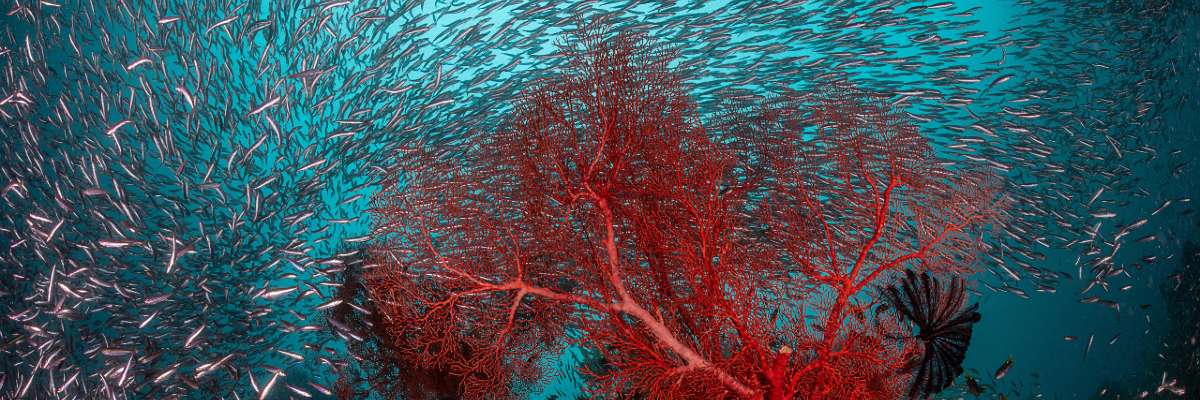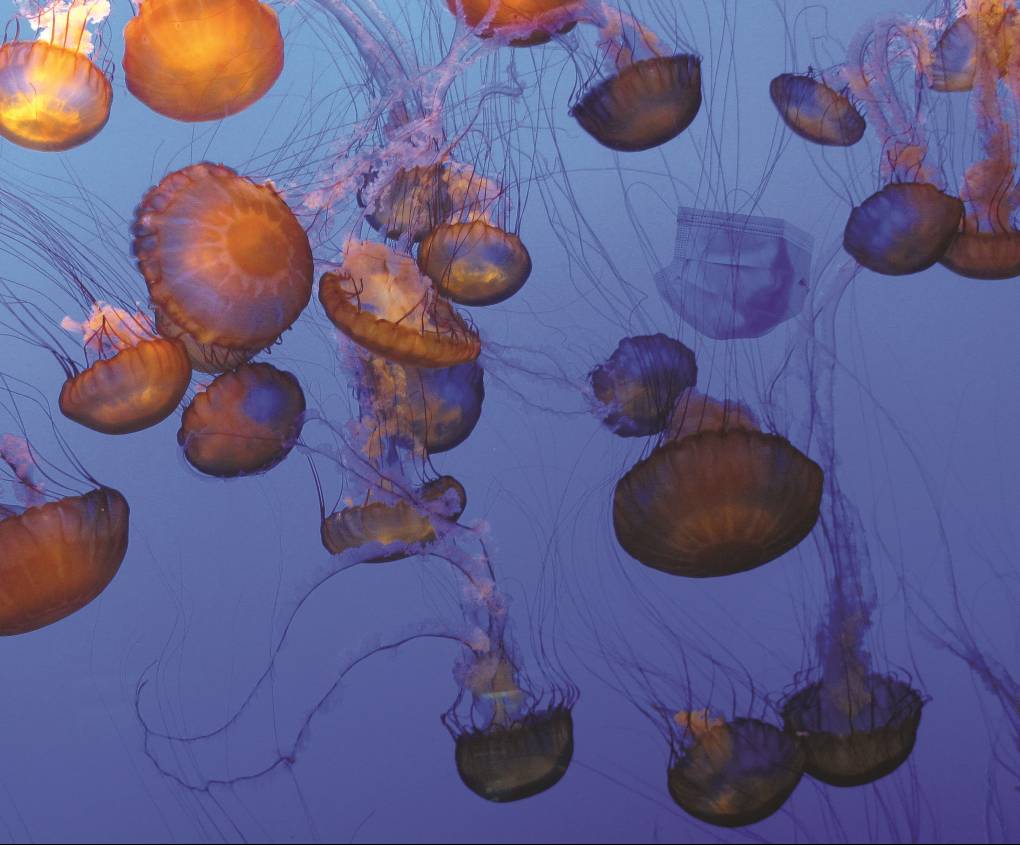
Our planet's last frontier is the ocean, and scientists are using rapidly developing technology to discover the secrets of what lies beneath. We explore our upcoming exhibition that delves into the depth and breadth of our ocean.
The health and well-being of the ocean is an issue that involves everyone. Each and every person is affected by our ocean and is therefore a stakeholder in its care and management. Even people living inland, who have never personally seen the ocean with their own eyes, are inextricably shaped by it. For those who are landlocked, they can still thank the ocean for the rain that waters their garden, provides oxygen for their next breath, and conveying an online shopping order to their door. Some rely on the ocean as part of what informs their world view and their way of life, which are built around the natural world and other people. Many are employed by it, play in it, and obtain nourishment from it. The ocean provides endless help to us, but, in return, we do not reciprocate, or even meet it half-way.

Single-use surgical masks are finding their way into the ocean where they are a hazard to marine life. In May 2021, Dr Sarper Sarp from Swansea University, Wales, warned that when submerged, masks break down into plastic microfibres and release traces of lead, antimony and cadmium into water. Created image courtesy Hawke Graphics
One Ocean, Our Future is the museum’s first major exhibition as part of our commitment to the United Nations Decade of Ocean Science for Sustainable Development (2021–30). The ocean is suffering myriad issues that all sectors need to address. This exhibition covers a wide variety of ocean-related topics and global concerns centring around how people and technology are being used to better understand the world’s oceans – and how to help save them.
Stunning works of art from Aboriginal, Torres Strait Islander and Pacific communities provide cultural commentary on how the changing climate and oceans are affecting their life and society. Here, they sound a warning about climate change from the most vulnerable places on earth. The sounds of people from around the world also populate the exhibition space, as they share their experience of climate and ocean change.
Among billboard-like displays of ocean stories and data visualisations, sits a real Antarctic ice core revealing the bubbles of air trapped inside it. From it, scientists are able to measure past climatic conditions on earth. The core sits in a custom-built freezer, using 24-hour power supply offset by the museum’s Wharf 7 rooftop photo-voltaic array.
Part of the ocean’s allure is that we have still seen barely a fraction of the wonders it conceals. A cinema screen in the exhibition shows the rich, mesmerising beauty and diversity of Australia’s marine life. The deep-sea footage was filmed by Schmidt Ocean Institute’s remotely operated vehicle SuBastian with an ultra-high-definition camera, during the research vessel Falkor’s 2020–21 circumnavigation of Australia. The film invites visitors to join in on the moments when excited scientists see extraordinary, rare and new species for the first time. More footage takes us aboard other advanced scientific research vessels from Australia, Japan and Denmark.
In what we're calling our ‘virtual 3D aquarium’ – sponsored by the Schmidt Ocean Institute – visitors will use gesture control to locate, interact with and (virtually) inspect five deep-sea specimens, learn about their habits and environment, and how changes in the ocean threaten their survival.
The exhibition contains contemporary ocean stories and objects from two centuries of measuring, exploring, analysing, sampling and mapping the ocean. They range from sediment collected by HMS Challenger in 1872–76 to a robot that is designed to give a lethal injection to Crown of Thorns Starfish, and remote-sensing technologies that help us identify, quantify and plan a response to the changing ocean.
Opening on December 1, One Ocean, Our Future showcases a multitude of voices, fields and concerns for audiences. Be sure to dive in and feel informed and inspired as the future caretakers of our ‘one ocean’.
One Ocean, Our Future is a USA Program supported by the USA Bicentennial Gift Fund.
